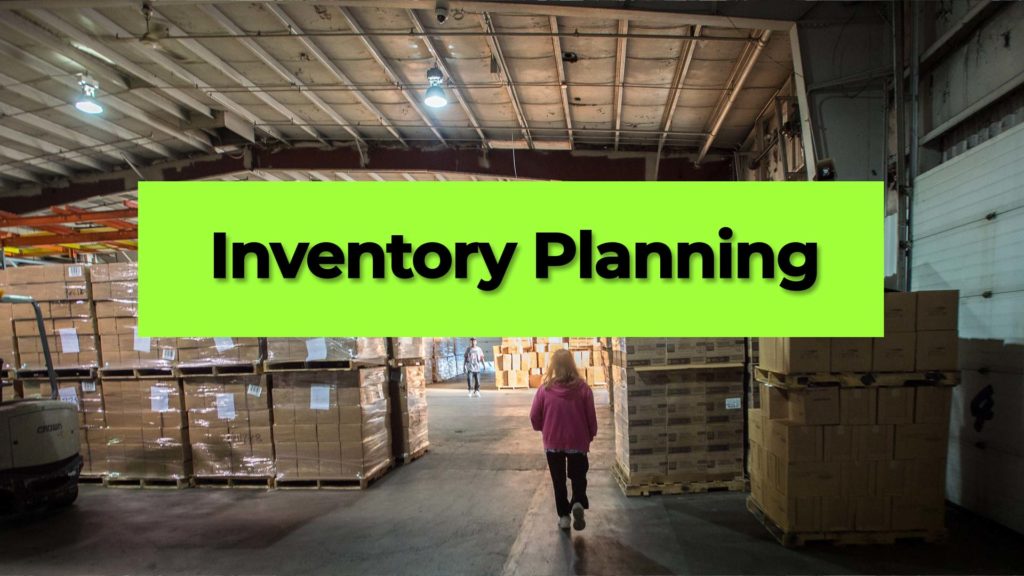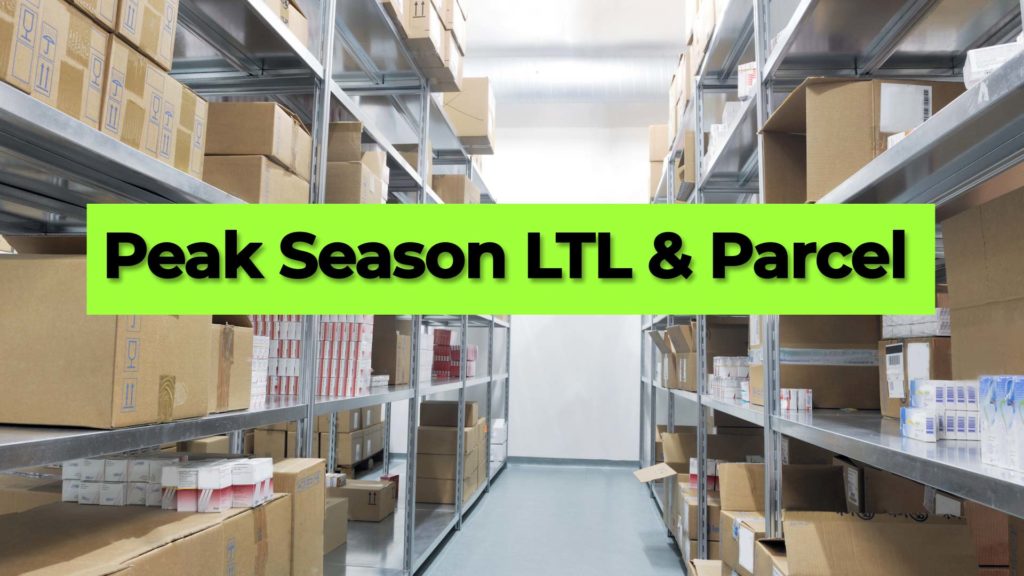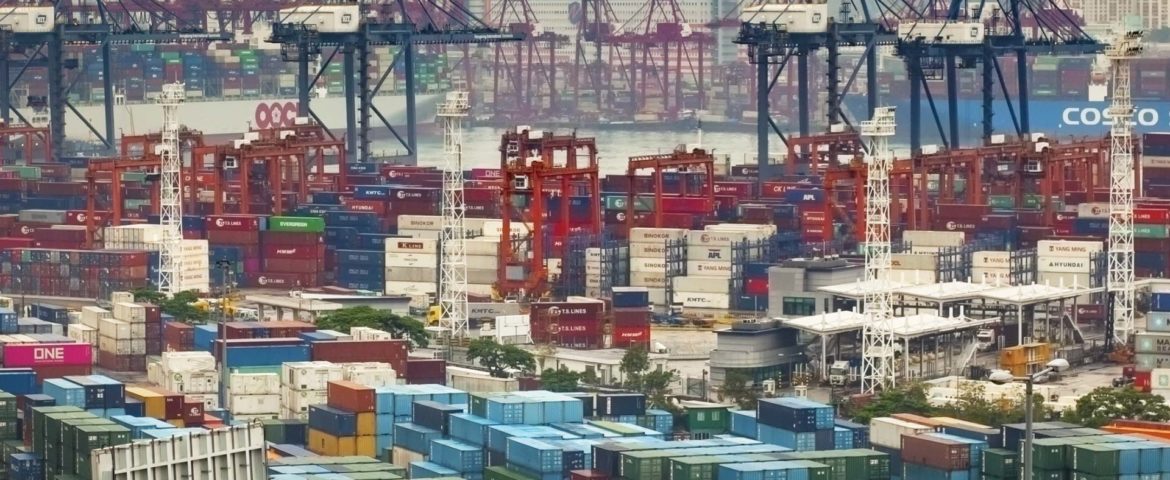Preparing for Peak Season 2021
Peak season, which typically is considered mid-August through at least late October, but as of late seems to be running through late November/ early December is here! Parcel carriers such as UPS and FedEx, which often bear much of the volume for delivering e-commerce goods, have a later peak season, which is typically from October through early January.
Shipping volumes are at their “peak” during this time across nearly all consumer-focused supply chains use this period as a key inventory build-up time.
What does peak season mean for supply chains?
For supply chains, peak season is a rush to secure needed inventory, often dealing with delays and increased costs.
Many supply chains receive the bulk of their holiday inventory needs via foreign suppliers during this time.
Even supply chains that are less consumer-focused will face increased costs for the majority of international or domestic freight. Depending on the needed shipping lane, freight costs can be dramatically higher, reaching double or more of standard rates.
How to prepare for peak season?
For supply chains that haven’t fully planned out their peak season inventory needs and transportation by now are likely too late due to shipping delays to utilize ocean shipping for international transport depending on when you will need inventory.
The key to managing inventory and costs is to plan as early as possible, taking into account product inventory data and forecasting months in advance. It’s important to work with suppliers and supply chain partners alike, to clearly communicate product and shipping volumes.

Depending on your volumes, working with several carriers is a great way to lessen risk in your supply chain.
How has covid-19 affected peak season?
What is now the “new normal”, but originated as a major unexpected spike in consumer e-commerce has remained a consistent pressure on supply chains to keep inventory flowing through congested ports, fighting a lack of available trucks and other shortages.
Port congestion creates a supply chain lag as ships must wait at ports to available pier space. A week or two delays at the port level compound into issues with chassis storage/availability, warehousing shortages, then domestic trucking shortages which have resulted in hugely increased freight rates.
In short, Covid-19 has created a new level of uncertainty that supply chain planners must plan around in an effort to maintain supply chain reliability, inventory and minimize costs.
It should be expected that freight transportation shortages across nearly all modes of transport both internationally and domestically will continue through mid-next year.
Covid related shutdowns at the factory and distribution center level exasperate these issues and were the major factor to blame initially for the imbalances that have become so visible throughout global supply chains.
How can intermodal shipping lower freight costs?
Intermodal used as a door-to-door alternative for over the road trucking, can decrease shipping costs vs OTR trucking by 10-25% depending on the lane, with longer lanes between metropolitan areas being some of the most efficient routes.
Shippers that incorporate intermodal into their supply chain transportation plan will benefit from not only reduced costs but also increased reliability due to further diversification. Intermodal is less volatile and represents more guaranteed capacity than over the road long haul truck shipping markets.
Introducing intermodal into your supply chain starts with thinking about longer freight lanes that don’t require rushed or team-driven trucks, as intermodal is slightly slower than over-the-road trucking, often by a couple of days.
While delays are an issue with intermodal terminal congestion, typically cross country intermodal shipping is a reliable form of transportation as over-the-road trucking. Planning ahead for a transit time that is 1-3 days longer than over the road trucking gives supply chain managers the ability to reduce shipping costs by a significant margin especially when applied across higher shipment volumes.
Another important aspect of intermodal shipping is that in most circumstances it avoids the massive trucking shortage that plagues many lanes, loads also will not be dropped once accept. In a worse-case scenario, the pickup can be delayed, but service is more guaranteed than more traditional over-the-road options.
Peak Season International Shipping
Consider trialing some of the available digital supply chain visibility tools, the more accurately you can track inventory and maintain vigilance over shipments, the quicker you can take corrective action if needed on both the domestic trucking side and warehouse receiving side.
Often when looking at sailing schedules for ocean shipping, you can find several different arrival dates and ETAs depending on the information source you find.
Keep this in mind when working with inland logistics partners, as very likely that the date will vary somewhat.
Drayage partners will need to be aware of any container availability changes as their capacity is tighter than ever at almost every port in the US.
Looking for drayage capacity – Get in Touch!

Are you shipping LTL or parcel?
Rates for LTL and parcel shipping by carriers is only going to increase with more peak season surcharges this year than before. If you ship a significant amount of LTL or parcel, you should work with a logistics partner to help leverage your volume and get discount rates, or use volume to negotiate pricing increases or additional fees.
Keeping in mind that LTL and parcel shipping performance will be overrun with demand this peak season, so delays and service issues are to be expected.
Again, providing shipment visibility both internally and to your customers is a major component of maintaining contingency planning and keeping customers happy in the face of delays.
Supply Chain Customer Service and Reviews
With the ever-increasing competition amongst e-commerce firms, customer service needs to be first and foremost. While delays and inventory issues will occur, communicate clearly with customers if a fulfillment order will be delayed.
Positive customer experiences can yield positive customer reviews which are massively important for SEO ranking and to increase the conversion rate of visitors to your online store.
Customer service should be an aligned priority across your entire team, even for a team member that isn’t directly customer-facing.
Want a free lane and cost savings analysis? – Get in Touch!
Zmodal is a top intermodal shipping company providing door-to-door intermodal, and full truckload services nationwide throughout our digital supply chain dashboard which provides easy route searching, booking, document management, and analytics. CONTACT US if you want to lower your supply chain costs or want access to North American intermodal capacity.



